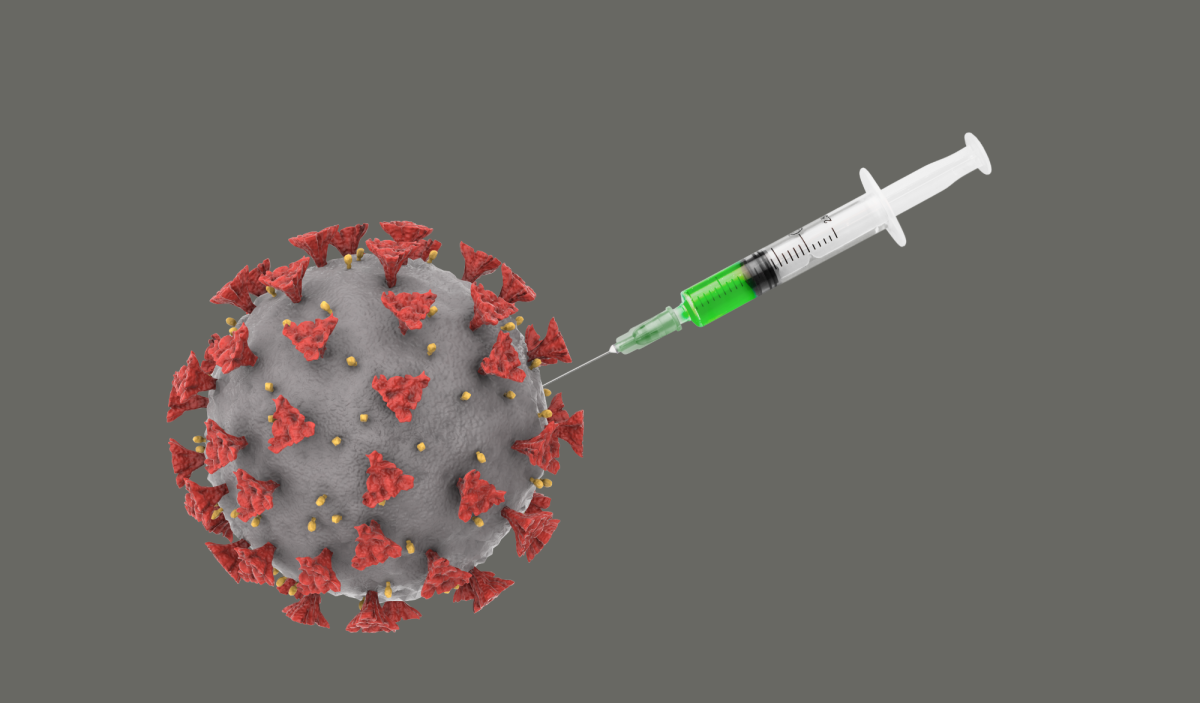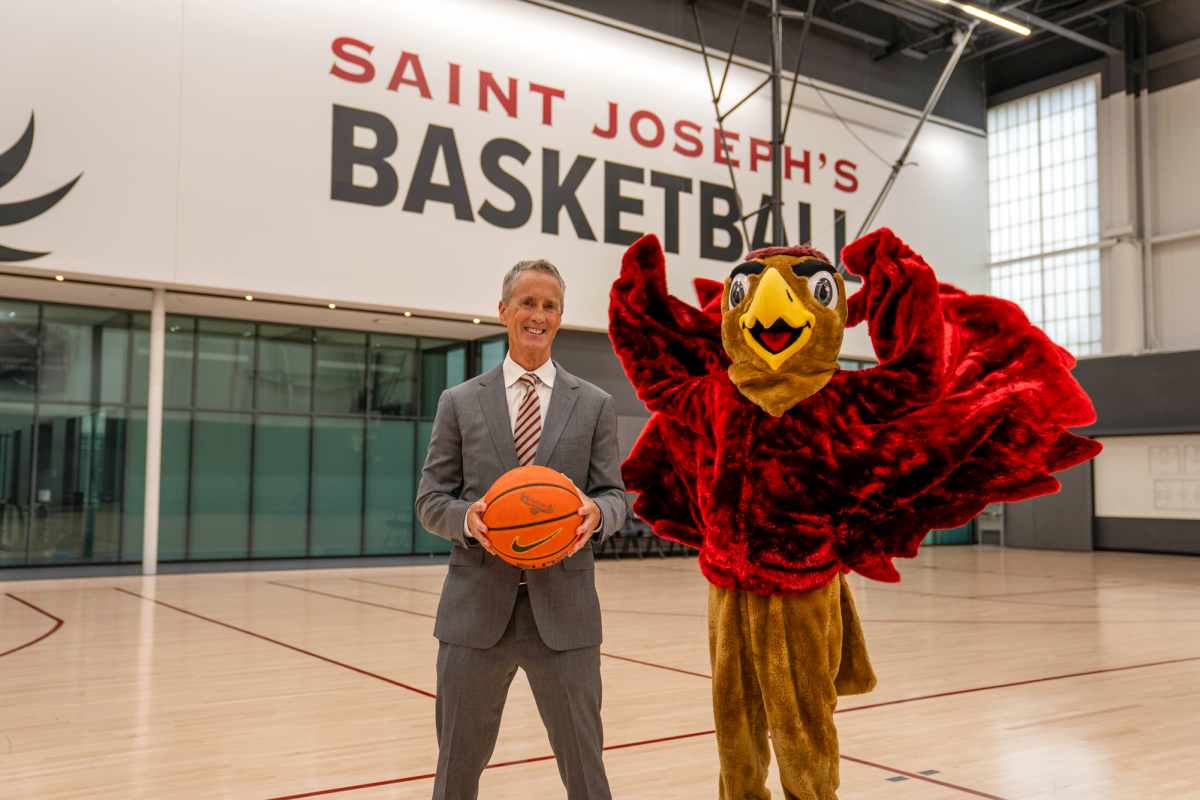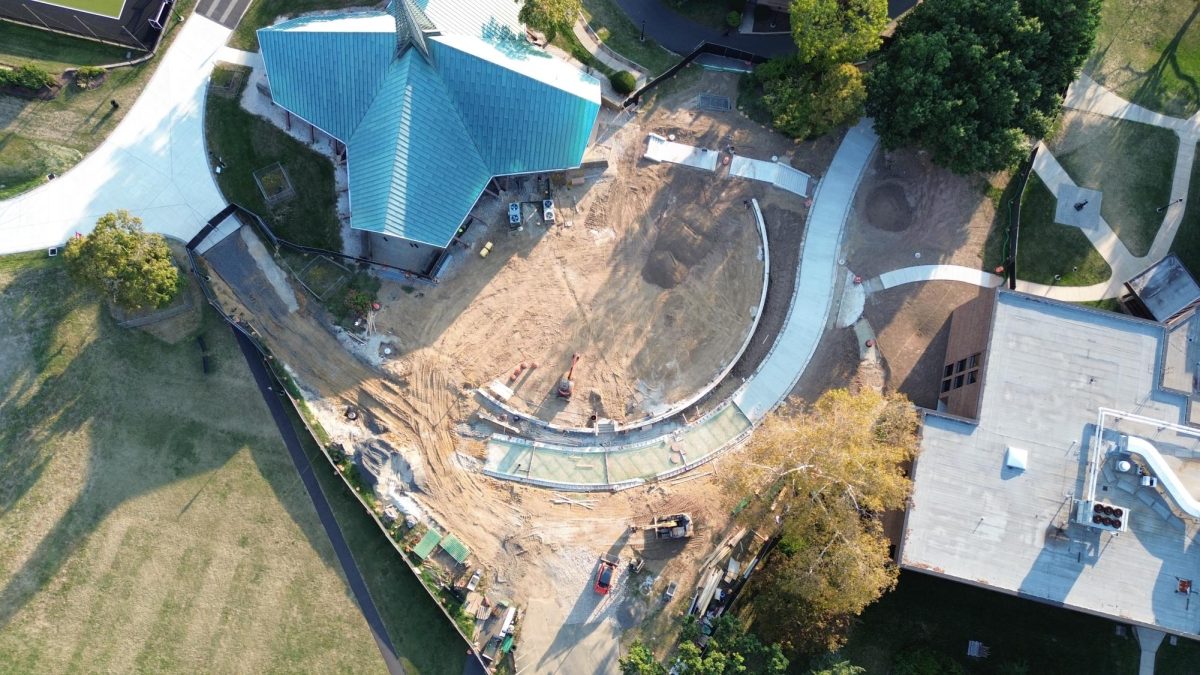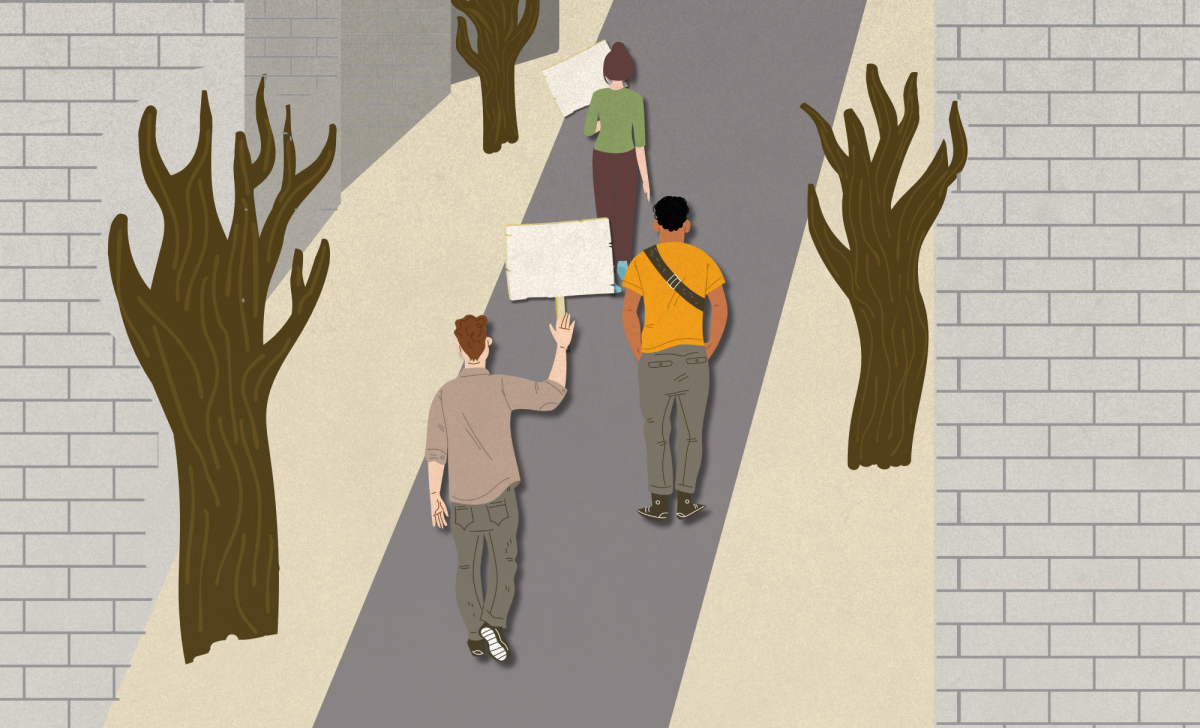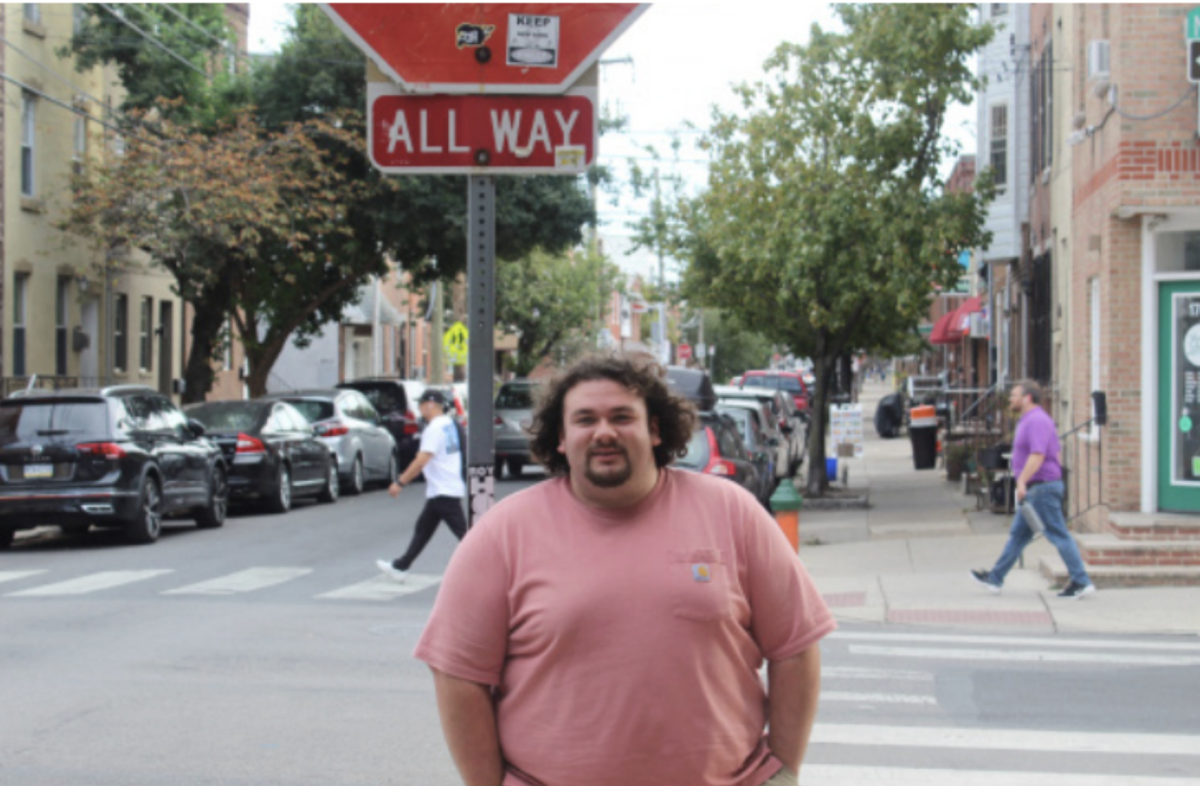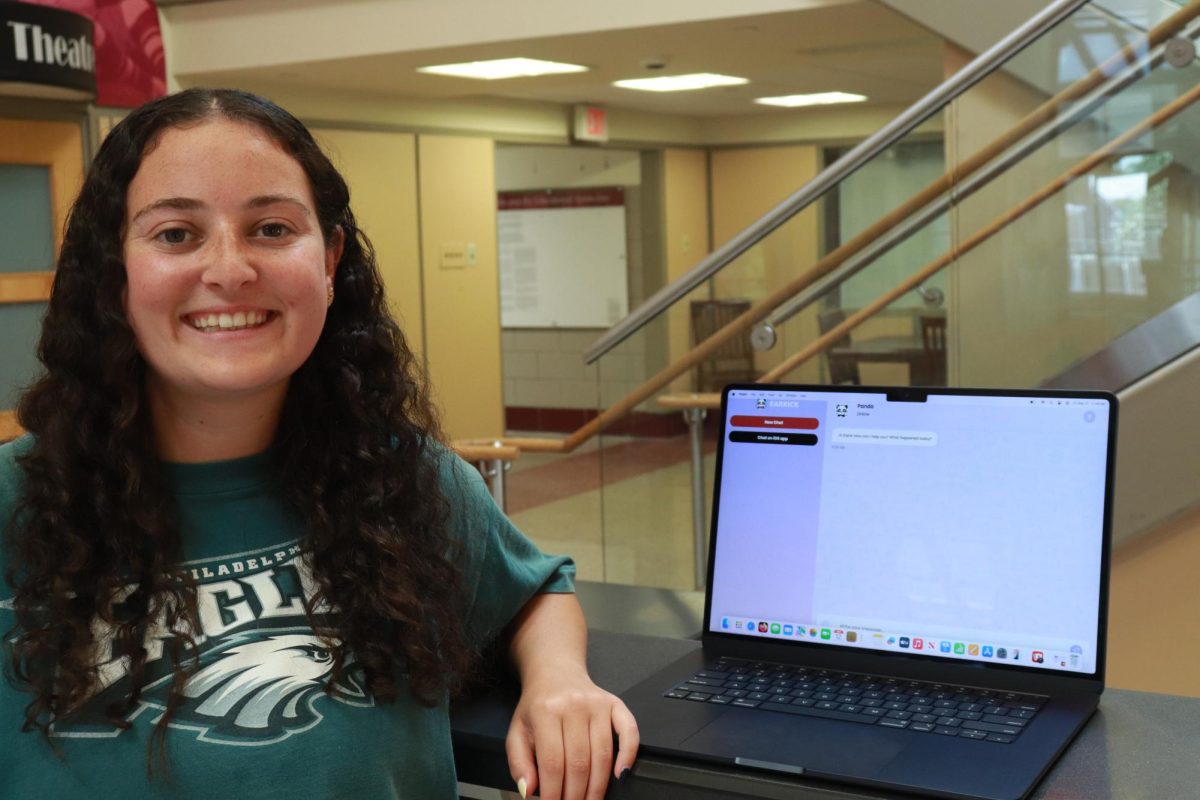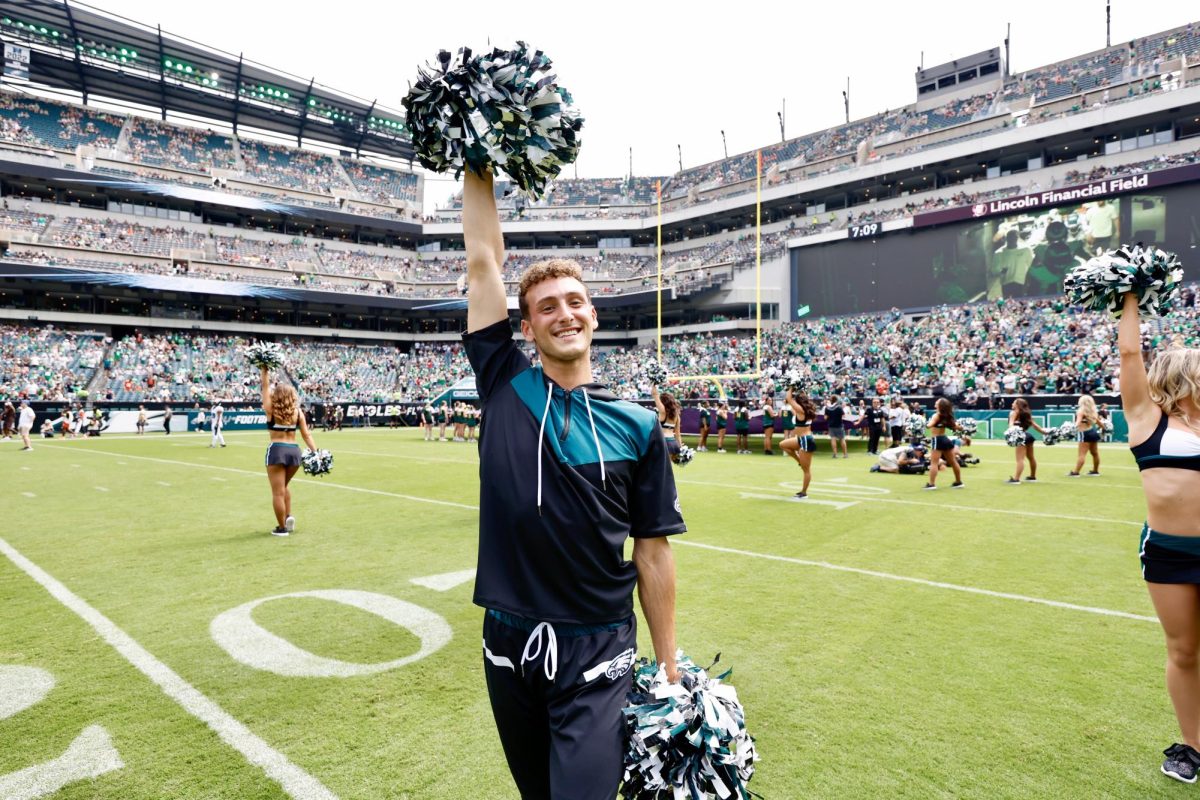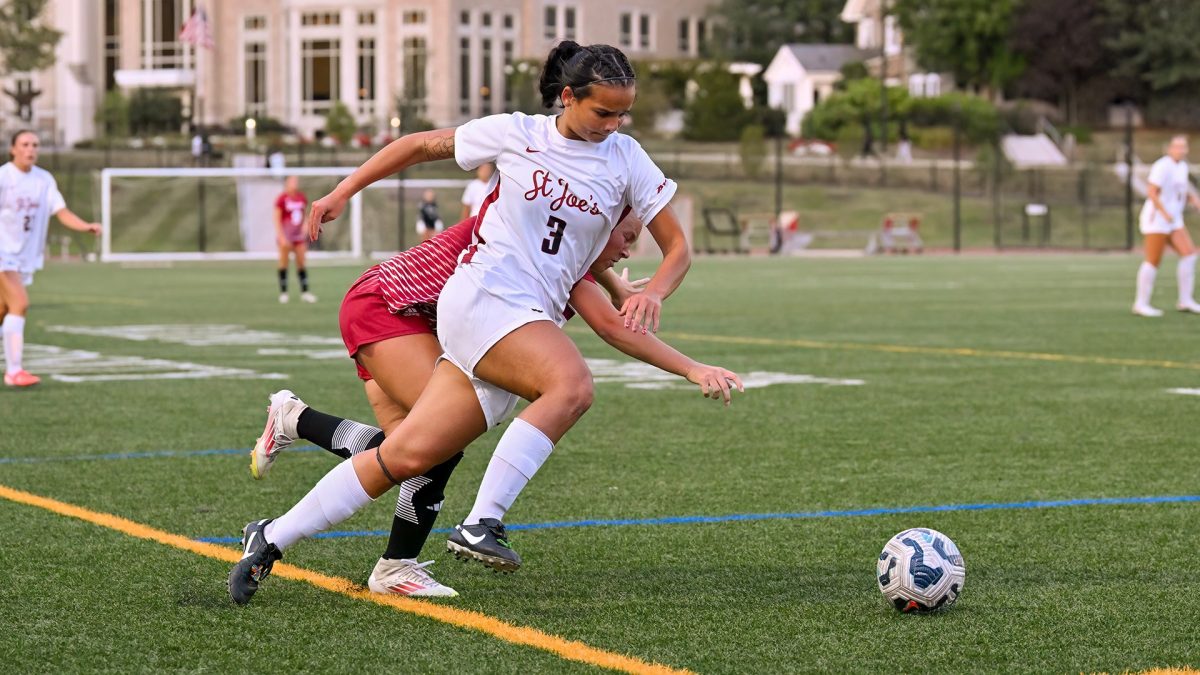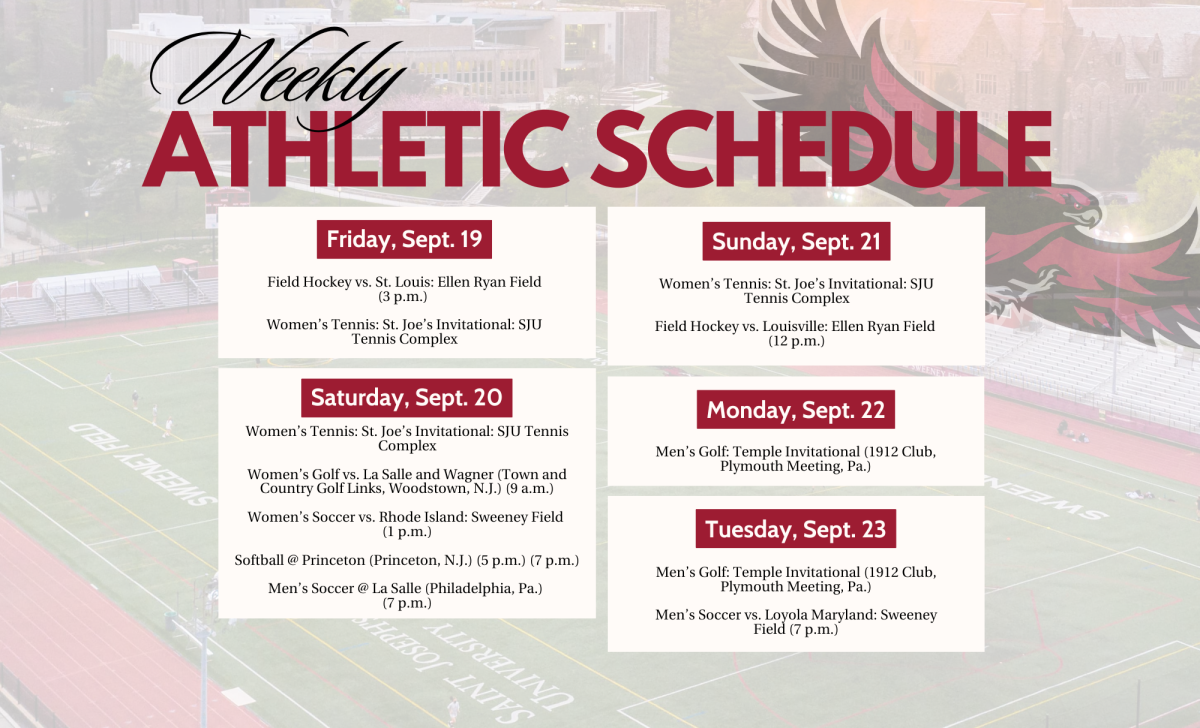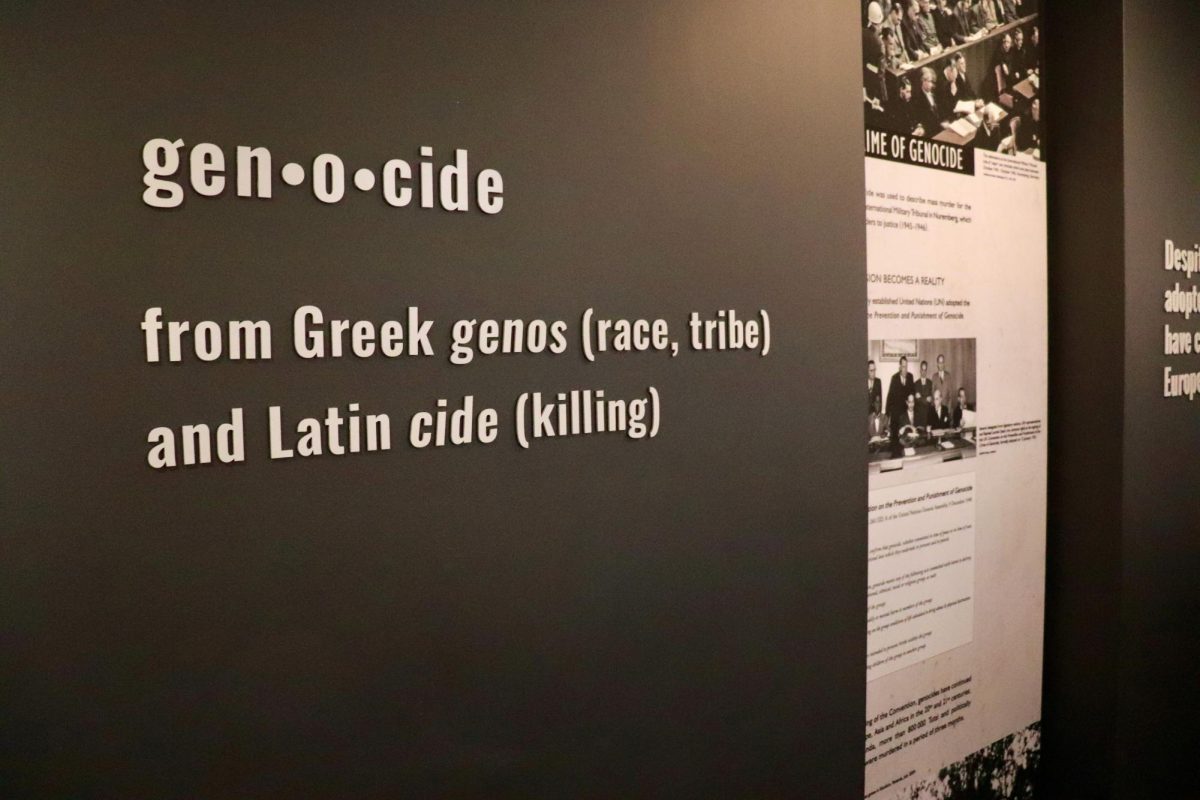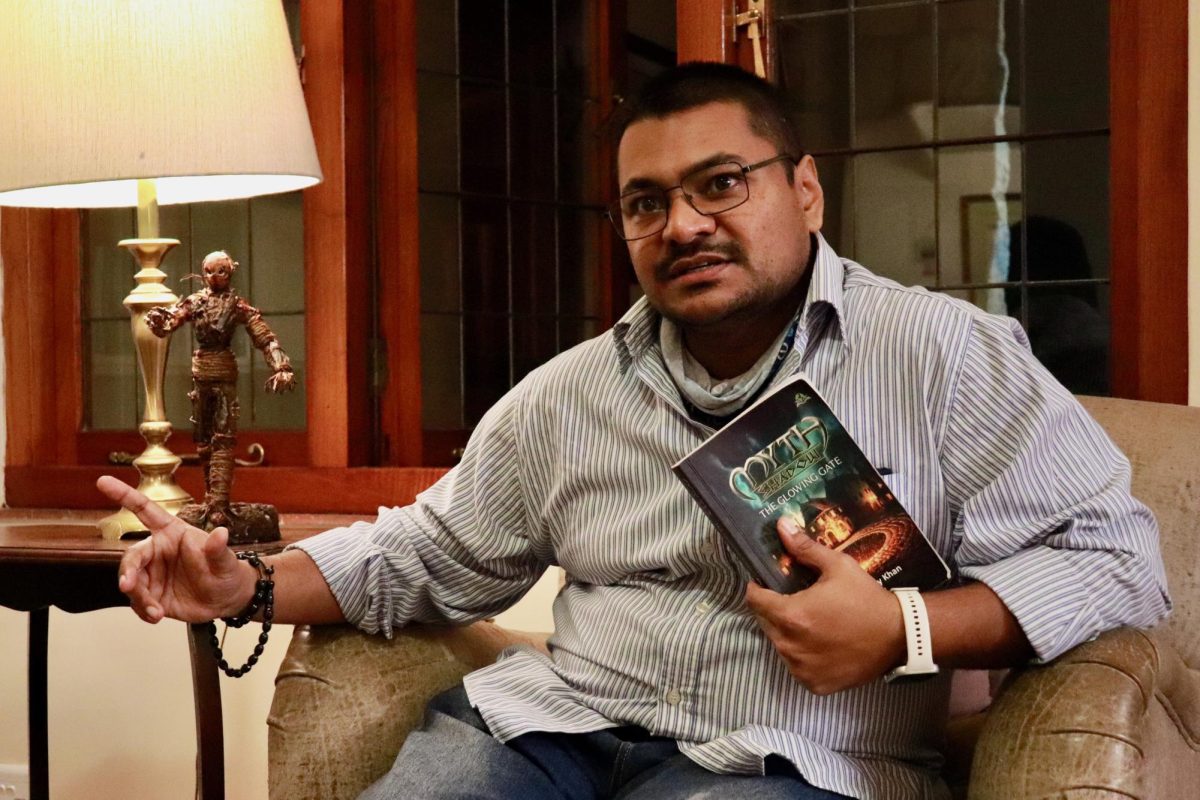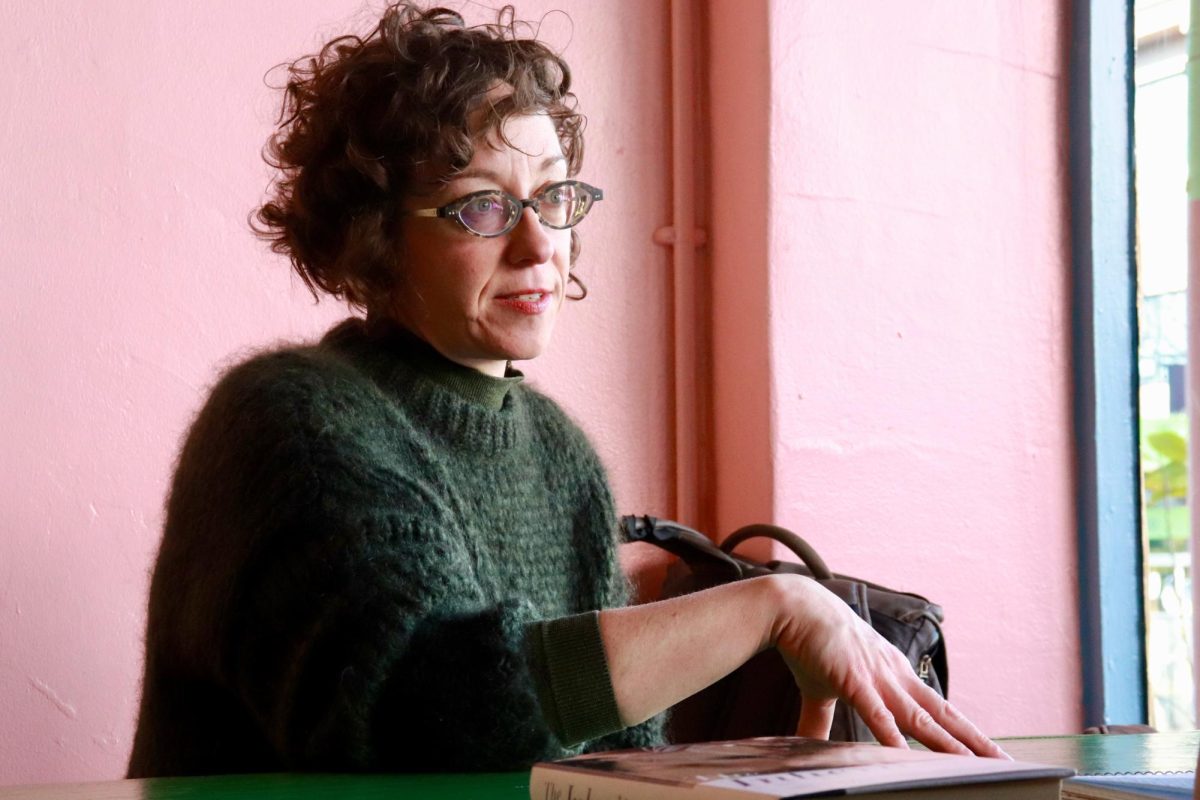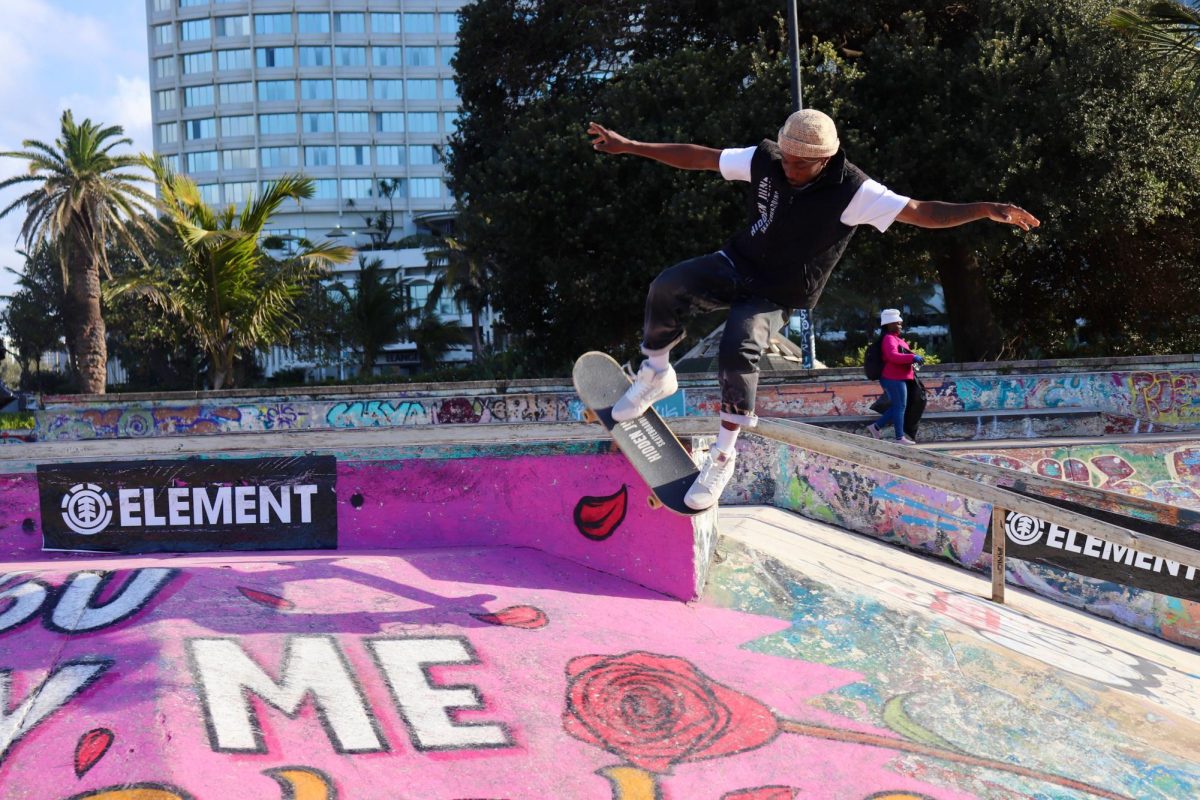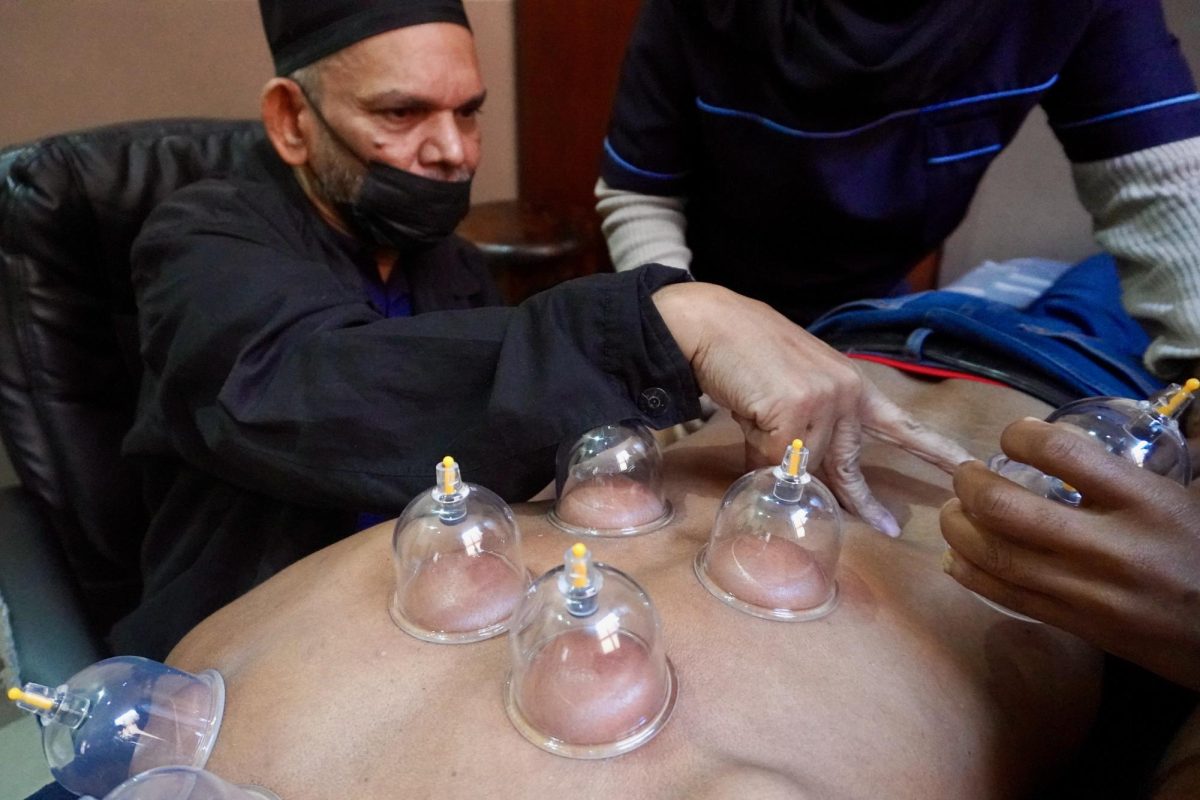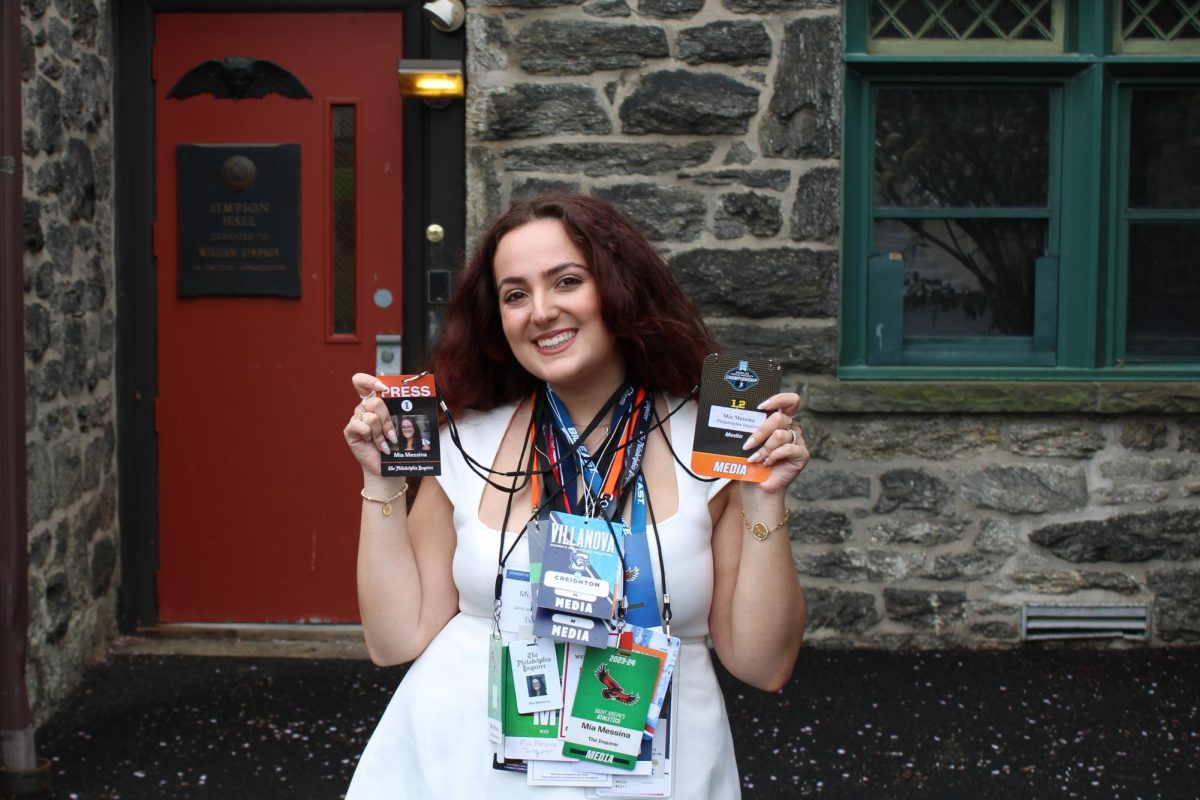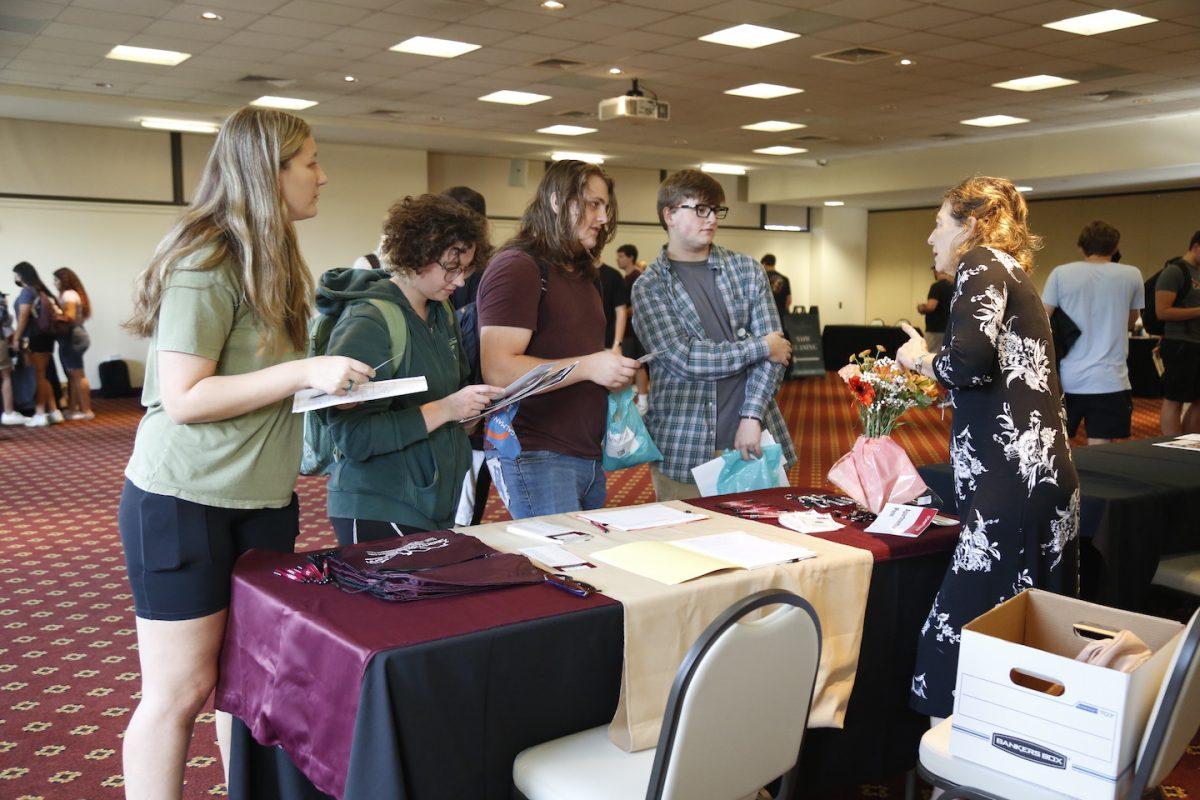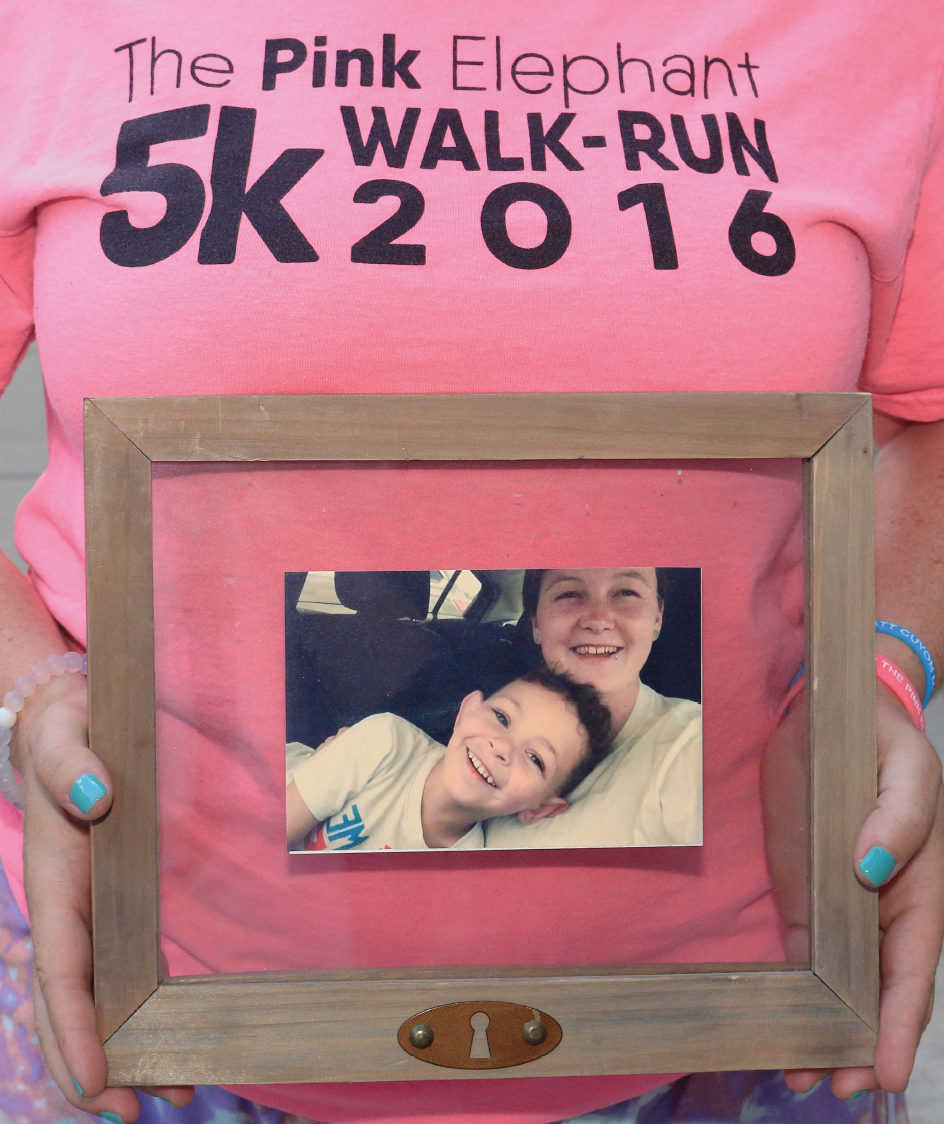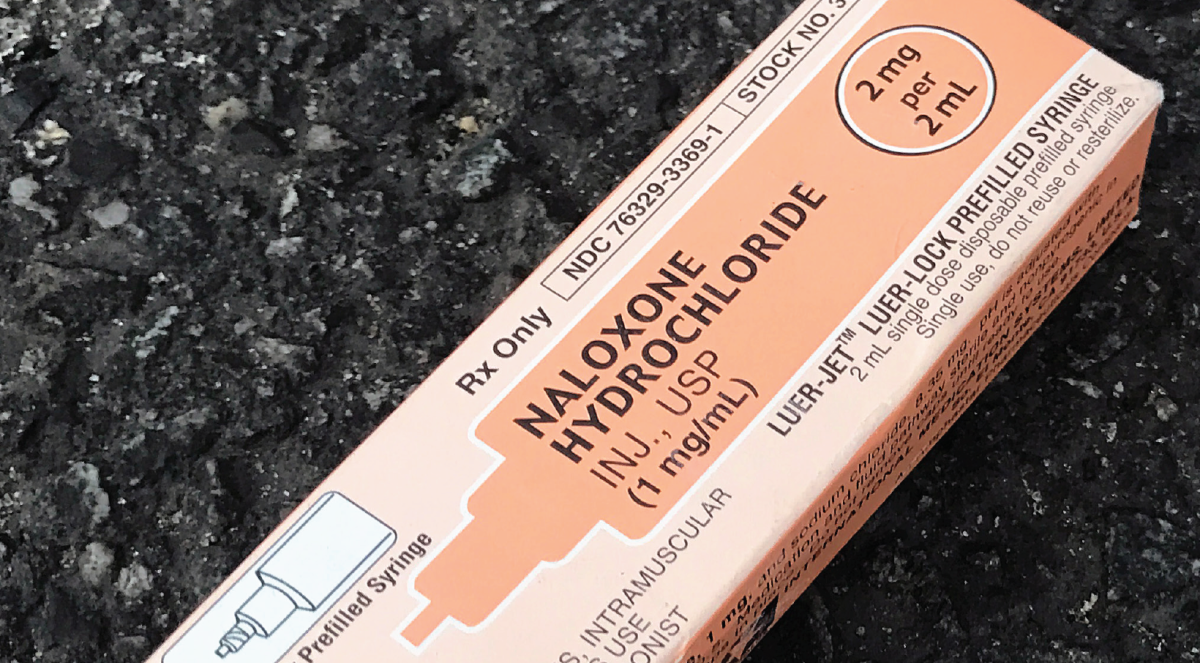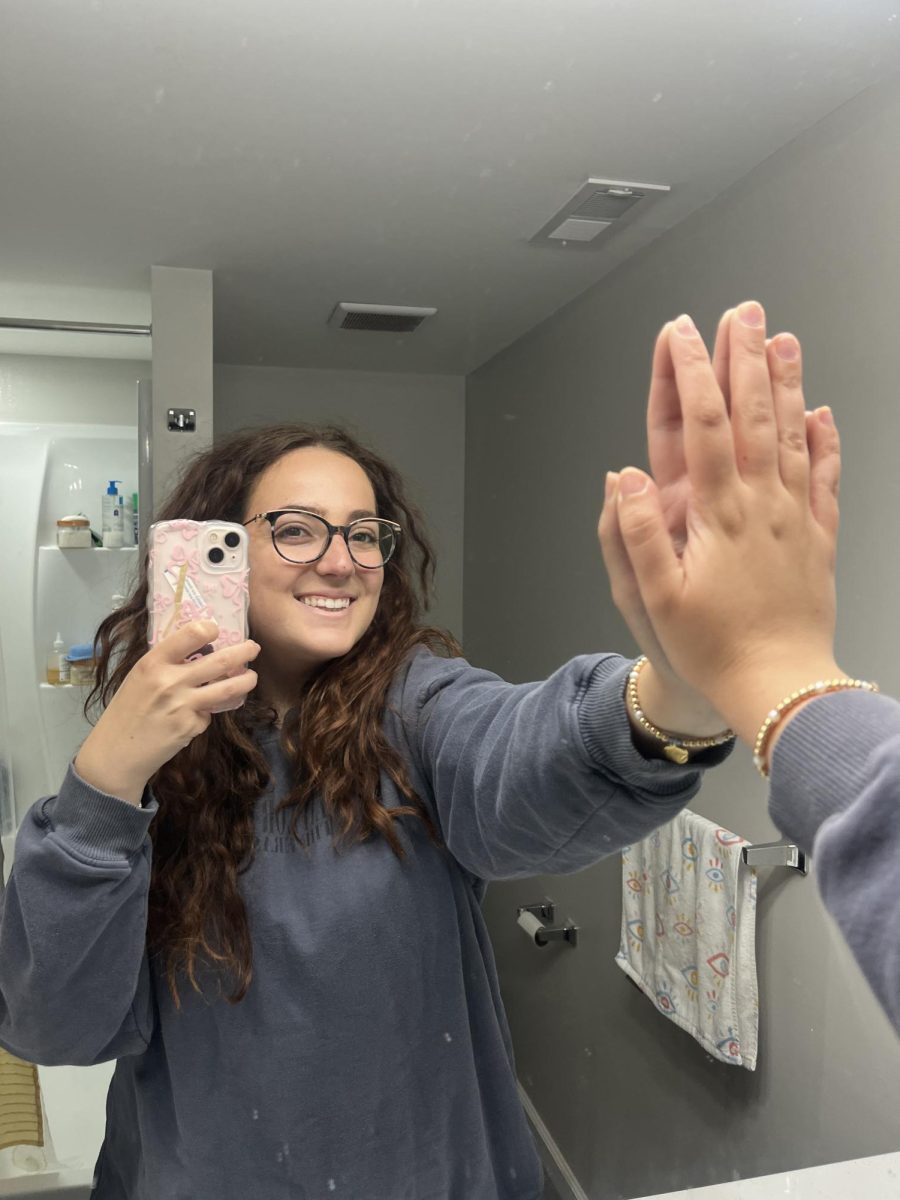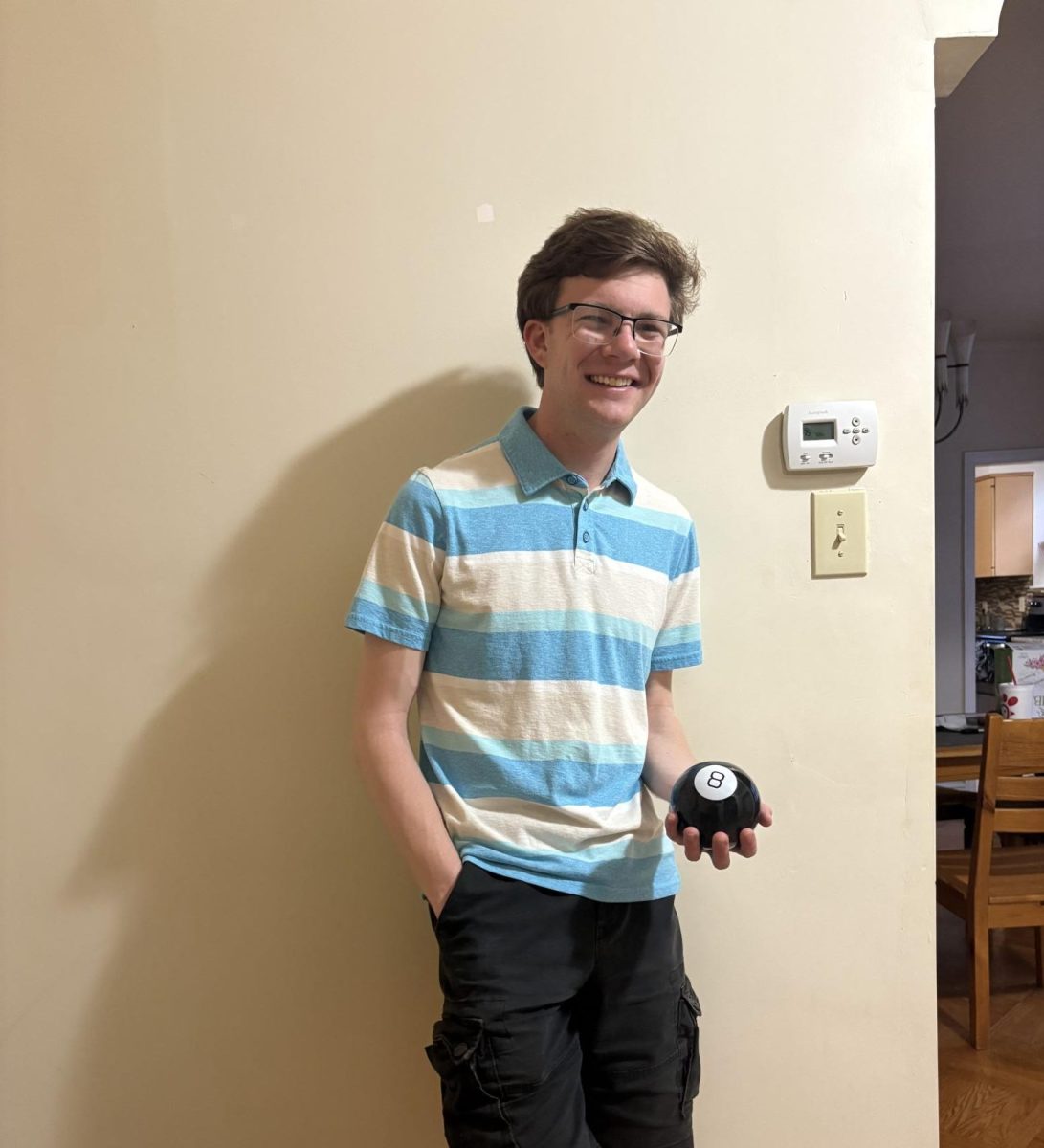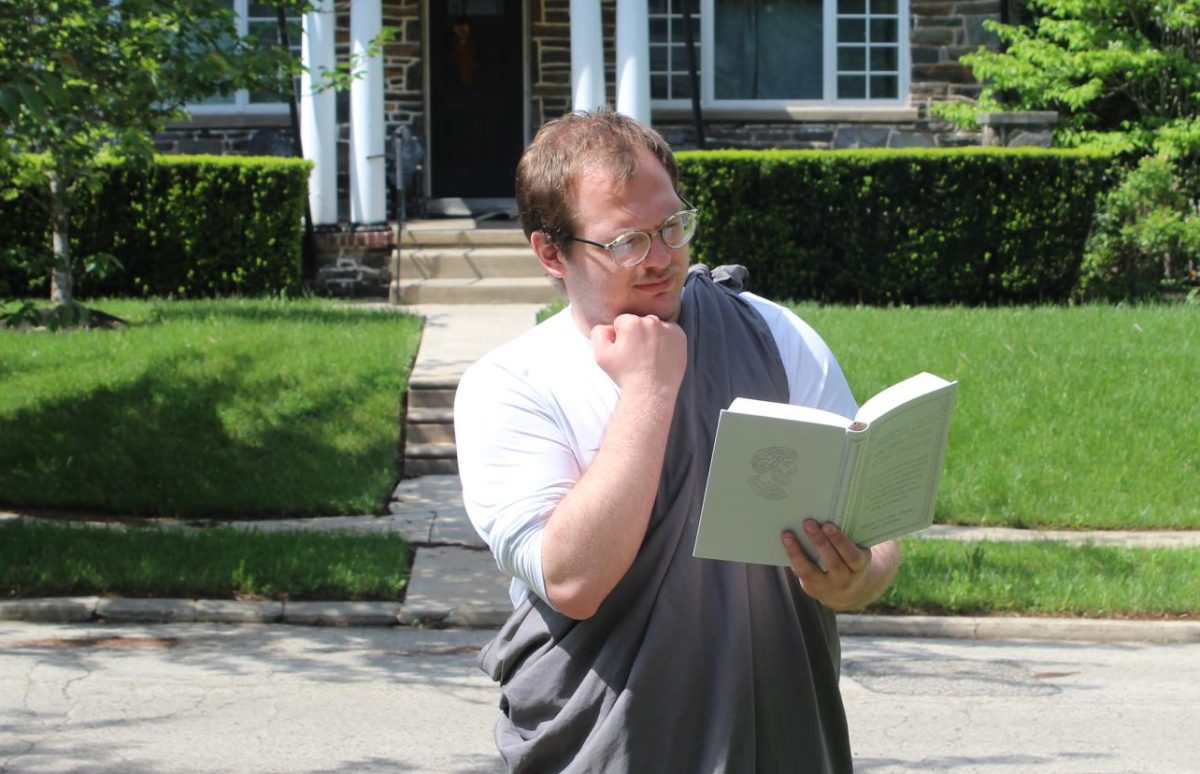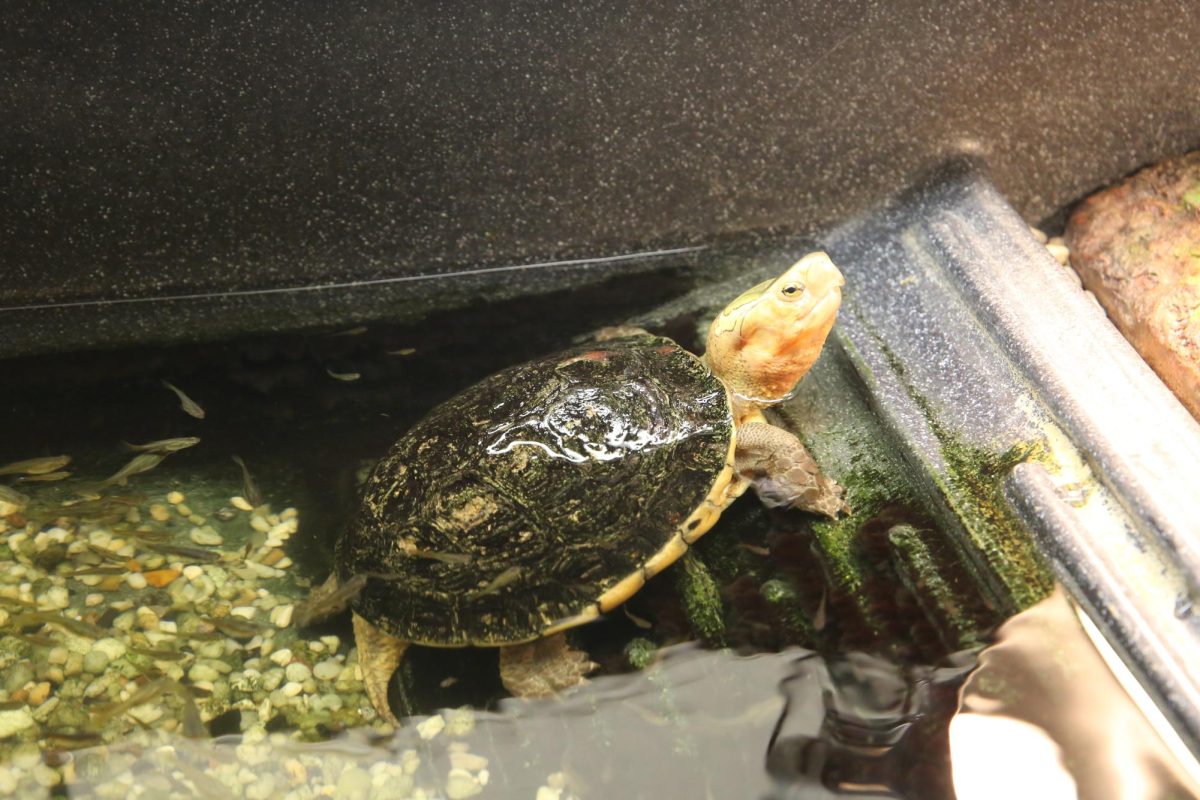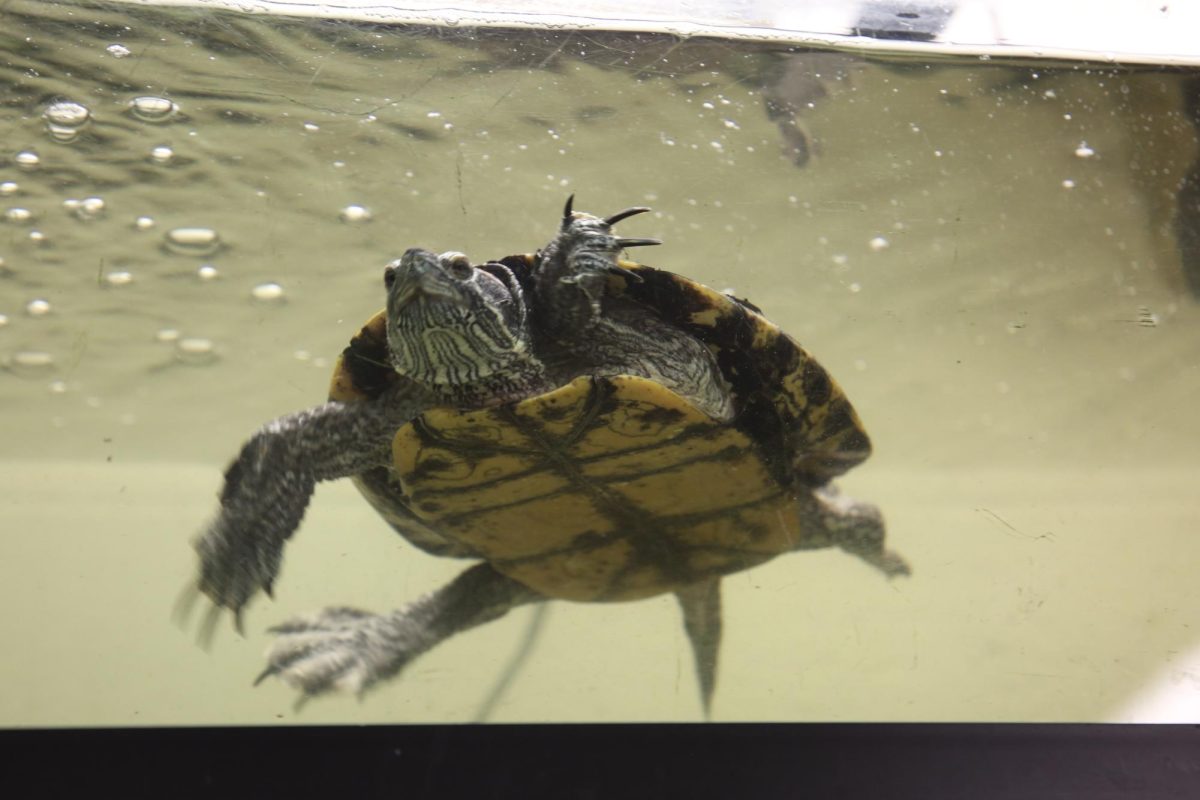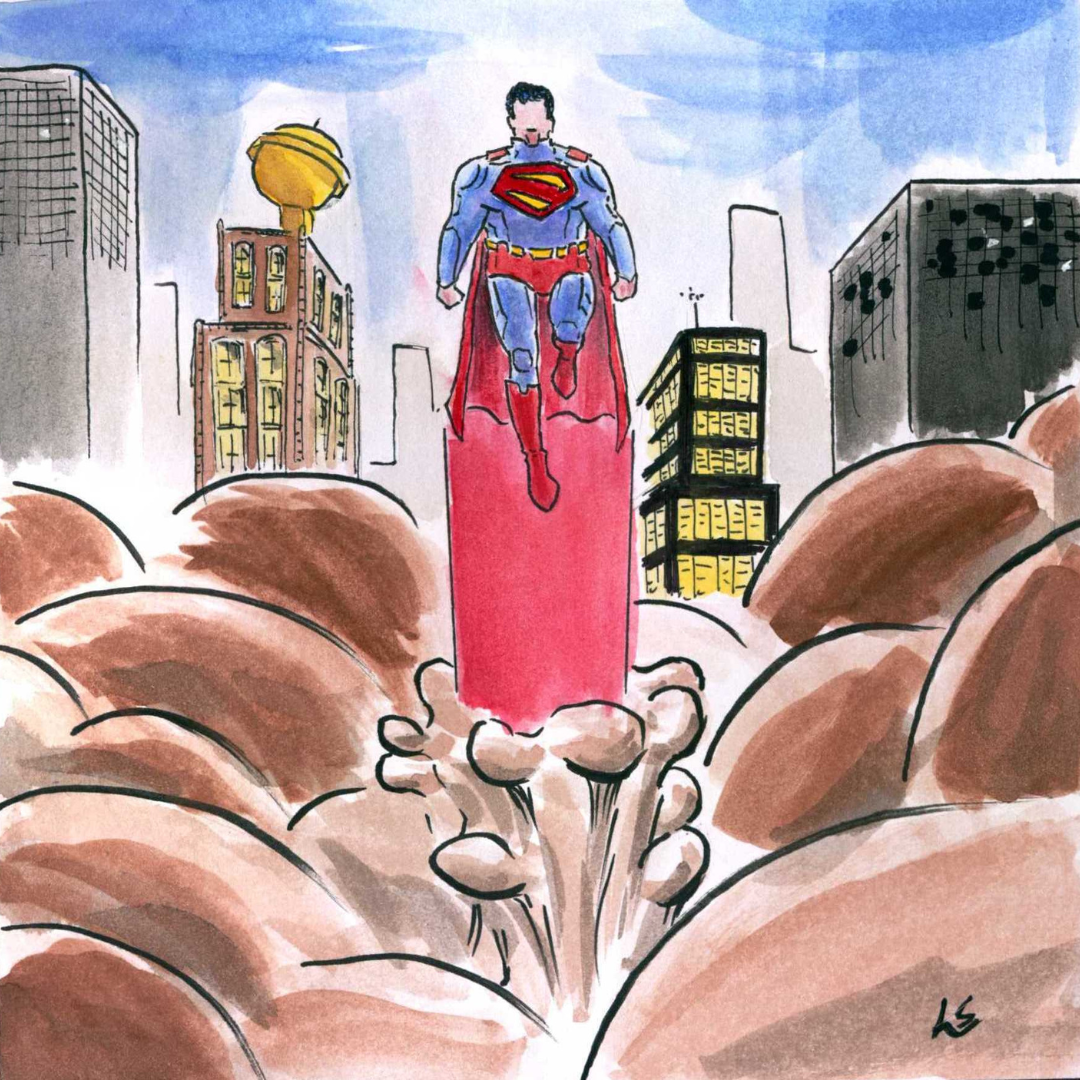Thirty-four tanks filled with varying levels of water stand against the three walls of the Biodiversity Lab in the Science Center on Hawk Hill campus. The tanks contain a variety of species of fish, reptiles, amphibians and insects.
Among these creatures are goldfish, angel fish, blind cave fish, poison dart frogs, a mourning gecko, a yellow-spotted amazon river turtle, a snapping turtle named Manny and a female bearded dragon named Helena. There are 40 species of turtles, with about 200 individual turtles.
Maggie Stinson ’25, one of several lab coordinators, said she visits the lab almost every day of the week to check in on the animals and feed them.
“I come in Monday, Wednesday, Friday and feed Manny,” Stinson said. “I give him about a handful of this stuff we call ‘trout chow,’ which is a combination of nutritious food for turtles. I give him lettuce. He likes lettuce.”
Stinson said she has worked in the lab for almost four years.
“I’m a communications major, and strangely enough, I started off biology and figured out I didn’t really like it after being in it for a year,” Stinson said. “But, at that time, I was a volunteer at the lab, then later went on to be an intern and stay in the lab.”
The Biodiversity Lab was started in 1990 by Scott McRobert, Ph.D., professor of biology and director of the lab, who teaches animal behavior and ecology. McRobert said he has used the lab for education and research.
“There’s not another lab that I know of in the world that’s like it, because we have a wide variety of endangered species, and we’re doing research on insects, fish, amphibians and reptiles,” McRobert said.
McRobert said the lab has many turtle species, some that not even the Philadelphia Zoo has. Fifteen of these species are endangered either globally or in the U.S.
“It’s a little bit sad of a way to think about it, but we have some animals that might go extinct,” McRobert said. “We are maintaining them to keep their genetics alive in the hopes that someday down the road, they may be able to be reestablished.”
McRobert said the biodiversity lab has many red-eared sliders and mud turtles. Two mud turtles in particular have been with McRobert for over 35 years and have given birth to almost all the mud turtles in the laboratory.
Additionally, McRobert said the lab has thousands of guppies, a common freshwater fish.
“We use them in our research,” McRobert said. “But they’re very prolific. They breed like crazy in captivity. We use them as a secondary filtration system for our turtles.”
Colin Morton ’25, a lab coordinator for three semesters, said he joined the lab to get course credit but ended up really liking the lab the first time he stepped inside. Morton said his favorite animal in the lab is Helena, the bearded dragon.
“The first time I took her out, she just latched onto my shirt, and I was just like, ‘This is the coolest shit ever. This is a creature on me,’” Morton said. “She’s so chill.”
For Stinson, the turtles are fascinating.
“People don’t think about reptiles as having their own unique personalities or being good pets,” Stinson said. “They don’t show as much emotion as dogs or cats. They’re not gonna come running up to you always, but they show emotion in their own way.”
For example, Stinson said that sometimes she will brush the back of Manny when taking care of him. She said she knows he likes it because he will do a “shimmy.”
“Every turtle, I believe, has its own unique personality,” Stinson said. “The ones I work with definitely have their own personalities.”
McRobert said environmental science majors are keenly aware of the issues plaguing the natural environment, but the Biodiversity Lab is a place that many potential St. Joe’s students are interested in.
“People are just excited to see it,” McRobert said. “They bring a lot of school tours through here. I’ve had people say they came to St. Joe’s because of my lab, even though they’re not science majors. They just love it. It made them think ‘Wow this is interesting.’ I think it’s a really great thing to stimulate people’s interest in science.”

